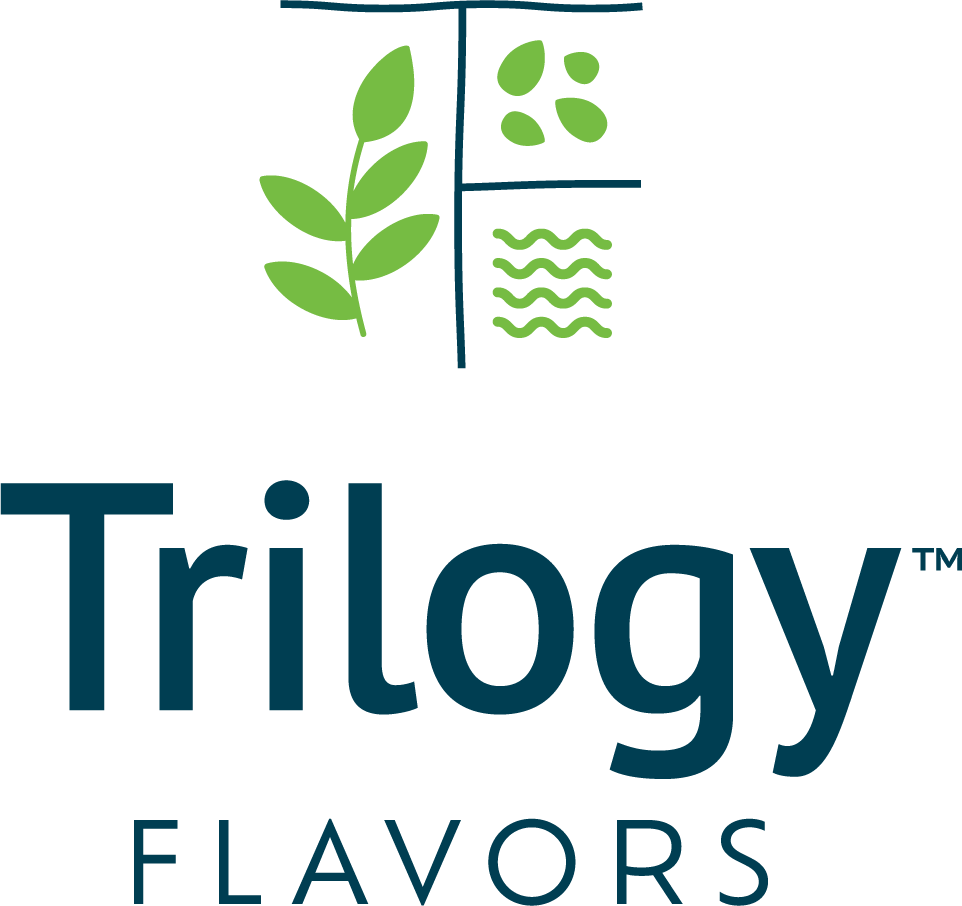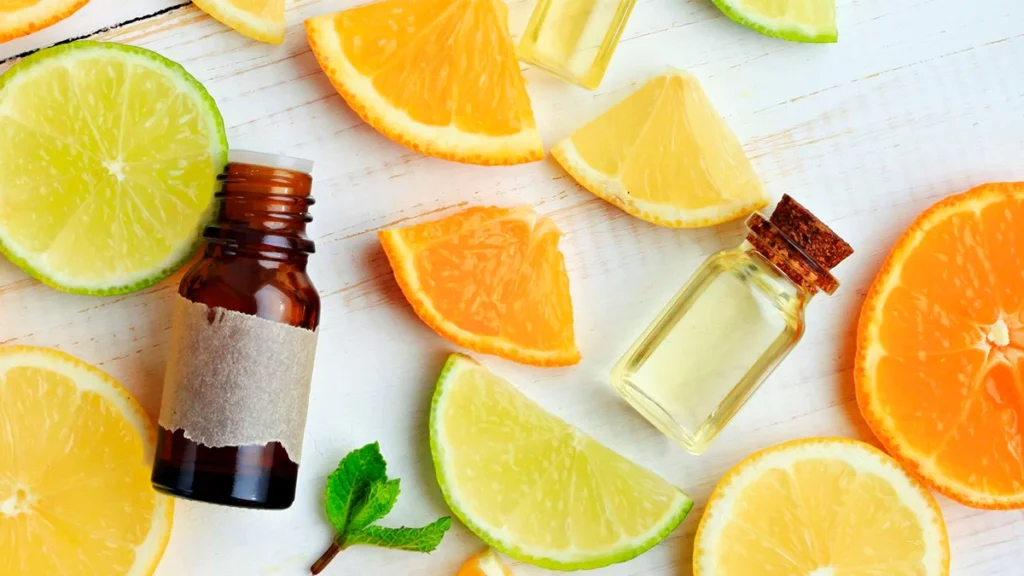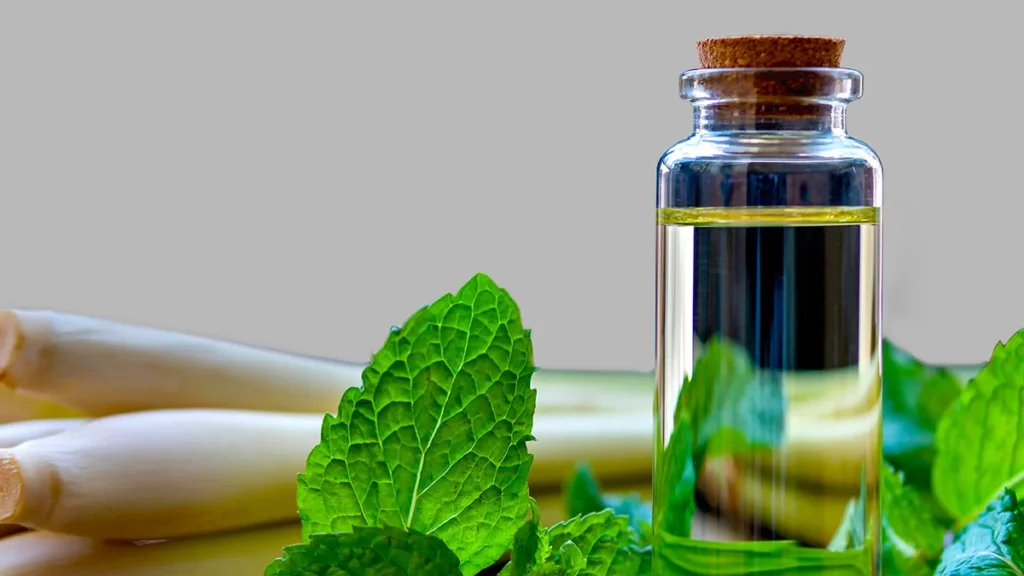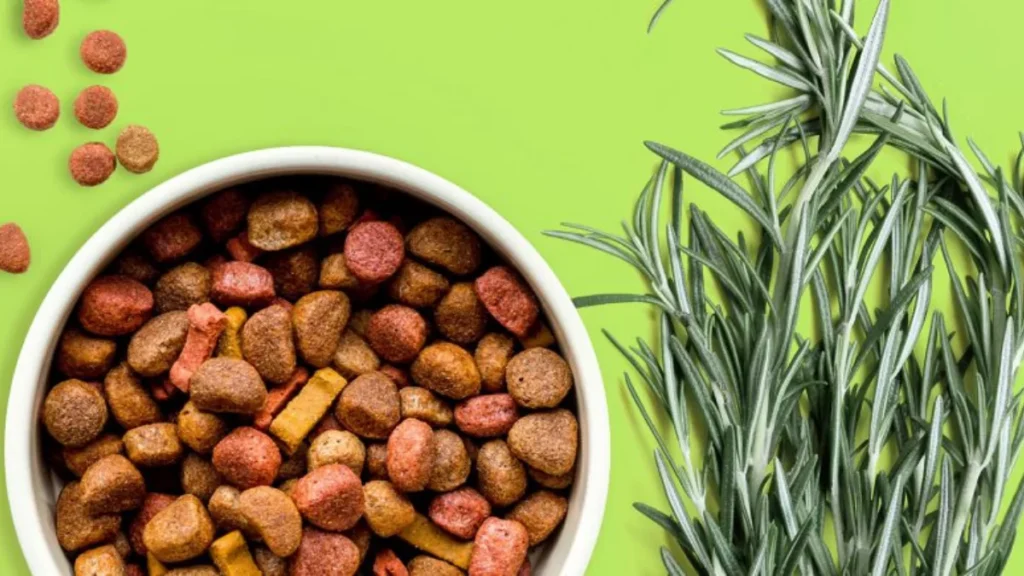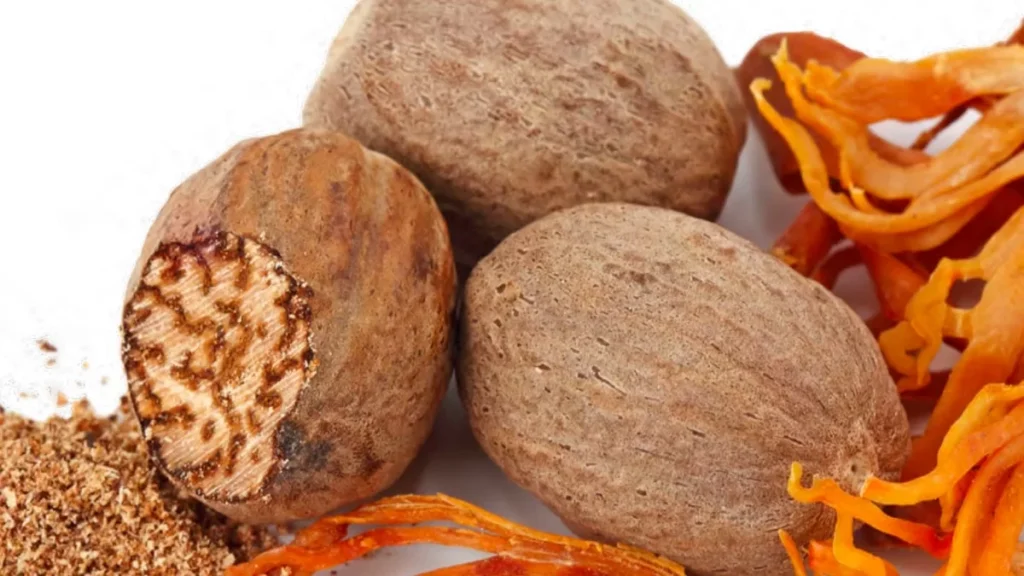In the competitive world of food manufacturing, flavor stability is more than just a matter of taste; it’s a critical factor that affects product consistency, quality, and consumer satisfaction. Shelf life on flavor stability is a key consideration for food manufacturers, as it determines how well flavors retain their intended profile over time.
Whether you’re producing snacks, beverages, or ready-to-eat meals, understanding how shelf life impacts flavor is essential for ensuring that your product delivers the same fresh, enjoyable taste from production to the point of consumption.
For food manufacturers, collaborating with a trusted flavor company for food manufacturers, like Trilogy Flavors, can make all the difference in maintaining flavor integrity. With expertise in developing custom flavor solutions, these companies help manufacturers safeguard the delicate balance between shelf life and flavor, ensuring a product that stands up to the test of time without compromising on quality.
What Affects Flavor Stability During Shelf Life?
The shelf life on flavor stability is influenced by various factors, ranging from the environmental conditions in which the product is stored to the intrinsic properties of the ingredients themselves. Understanding these factors is crucial for food manufacturers aiming to optimize their products’ taste and longevity.
1. Storage Conditions
The way a product is stored plays a significant role in maintaining its flavor stability. Temperature, humidity, and light exposure can all impact the chemical and physical properties of flavors over time. For instance:
- Temperature: Flavors can degrade faster in high heat, causing changes in taste and aroma. Storing products at consistent, controlled temperatures helps slow down these processes.
- Humidity: Excess moisture can cause flavors to break down or react with other ingredients, leading to off-flavors.
- Light: Prolonged exposure to light, particularly UV rays, can accelerate oxidation, leading to flavor deterioration.
Proper storage practices are essential for manufacturers to prevent flavor loss and promote a longer shelf life on flavor stability.
2. Packaging
The type of packaging used also directly affects the impact of shelf life on flavor stability. Air-tight packaging materials, such as vacuum-sealed bags or nitrogen-flushed containers, can protect products from exposure to oxygen, which is one of the primary causes of flavor degradation.
Specialized packaging can also prevent moisture and contaminants from altering the product’s taste. The right packaging, in combination with a stable storage environment, significantly extends a product’s shelf life without compromising its flavor.
3. Ingredient Composition
The ingredients used in a product can either promote or inhibit shelf life on flavor stability. For example:
- Preservatives: Certain preservatives help extend shelf life by preventing microbial growth or oxidative reactions, thereby protecting flavors.
- Acids and Salts: These ingredients can influence flavor stability by altering the pH of the product, affecting the chemical reactions that might cause flavor changes.
- Fats and Oils: Lipid-based ingredients are particularly susceptible to oxidation, which can result in rancidity or off-flavors. Manufacturers often use antioxidants to mitigate this risk.
By carefully selecting and combining ingredients, manufacturers can develop products that maintain flavor integrity over time.
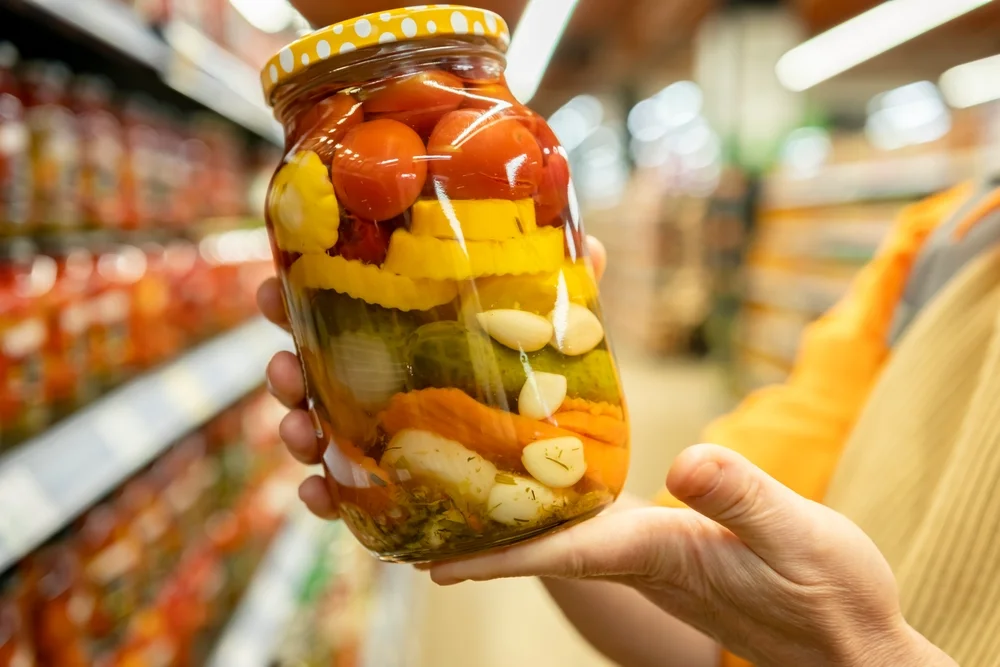
The Role of Flavor Companies in Shelf Life and Stability
For food manufacturers, maintaining flavor integrity over an extended shelf life can be a complex challenge. This is where partnering with an experienced flavor company for food manufacturers becomes invaluable. These specialists understand the science behind shelf life on flavor stability and work closely with manufacturers to design solutions that protect taste profiles from production to consumption.
Custom Flavor Systems for Stability
Flavor companies like Trilogy Flavors develop tailor-made flavor systems designed to perform consistently throughout a product’s shelf life. This might include:
- Selecting flavor compounds that are more resistant to degradation.
- Incorporating natural or nature-identical flavor enhancers to offset potential losses during storage.
- Adjusting flavor concentrations to ensure the taste remains true even after months on the shelf.
Masking Off-Notes
As products age, certain chemical reactions—such as oxidation or fermentation—can create undesirable off-notes. Skilled flavor companies design masking systems that neutralize these effects, keeping the final product tasting fresh and appealing.
Flavor Delivery Technologies
Advanced delivery methods, such as encapsulation, can protect flavor compounds from environmental factors like oxygen, moisture, and light, limiting the negative impact of shelf life on flavor stability. This ensures the flavor is released at the right time—whether that’s during cooking, opening the package, or taking the first bite.
By working with a trusted partner like Trilogy Flavors, food manufacturers gain access to specialized expertise and innovative technologies that help maximize both shelf life and flavor stability, resulting in a product that meets consumer expectations every time.
Testing and Methods for Assessing Flavor Stability
Ensuring a product delivers the same taste from the day it’s made until the end of its shelf life requires careful testing. These evaluations allow manufacturers and their partners—such as a flavor company for food manufacturers—to measure how storage, ingredients, and packaging affect the shelf life on flavor stability.
1. Sensory Analysis
Trained tasting panels play a vital role in identifying even the slightest changes in aroma, taste, and mouthfeel. These experts compare freshly produced products with samples stored over time to pinpoint flavor degradation and determine when the flavor profile begins to drift.
2. Accelerated Shelf Life Testing (ASLT)
ASLT exposes products to elevated temperatures, humidity, or light to simulate long-term storage conditions in a shorter timeframe. This helps manufacturers predict the impact of shelf life on flavor stability, how flavors will hold up during the actual shelf life, and identify potential issues before the product hits the market.
3. Real-Time Shelf Life Testing
While ASLT offers speed, real-time testing provides the most accurate results. This process involves storing products under normal conditions and testing them at regular intervals to monitor changes in flavor stability.
4. Analytical Chemistry Tools
Gas chromatography, mass spectrometry, and other analytical techniques allow scientists to measure volatile compounds in a product. These methods reveal which specific molecules are degrading, enabling targeted adjustments to improve flavor retention.
By combining sensory evaluation with scientific analysis, manufacturers can create products that maintain their desired flavor profile for as long as possible. With guidance from an experienced flavor partner like Trilogy Flavors, these insights can be turned into practical strategies that extend both shelf life and flavor stability.

Common Challenges in Maintaining Flavor Stability
Even with the best formulation and packaging, certain challenges can still threaten the shelf life on flavor stability. Understanding these common issues helps food manufacturers and their partners address them before they affect product quality.
1. Oxidation
Oxidation is one of the most common causes of a negative impact of shelf life on flavor stability. It occurs when oxygen reacts with flavor compounds, fats, or oils. This can result in rancid or stale notes that are especially noticeable in products containing high-fat ingredients, such as baked goods, snacks, or dairy-based items.
2. Moisture Migration
Changes in moisture levels within a product—or between the product and its packaging—can alter texture and dilute or intensify flavors. This is a significant concern for the shelf life on flavor stability of dry snacks, cereals, and powdered beverages.
3. pH Shifts
Flavors can be sensitive to changes in acidity. Over time, certain ingredients may alter the pH of a product, impacting how flavors are perceived and potentially creating off-notes.
4. Microbial Growth
Even when products are formulated for long shelf life, microbial contamination can occur if packaging is compromised or storage conditions are suboptimal. Aside from safety concerns, microbial activity can negatively impact the shelf life on flavor stability if it produces unpleasant tastes and aromas.
5. Light Exposure
UV light can accelerate chemical reactions in flavor compounds, causing fading or undesirable changes in aroma and taste. This is a particular challenge for the impact of shelf life on flavor stability if clear or transparent packaging is used.
Because these issues often arise during storage and distribution, manufacturers benefit greatly from working with a flavor company for food manufacturers like Trilogy Flavors. By anticipating potential flavor threats, Trilogy can help design protective systems that preserve a product’s intended taste throughout its shelf life.
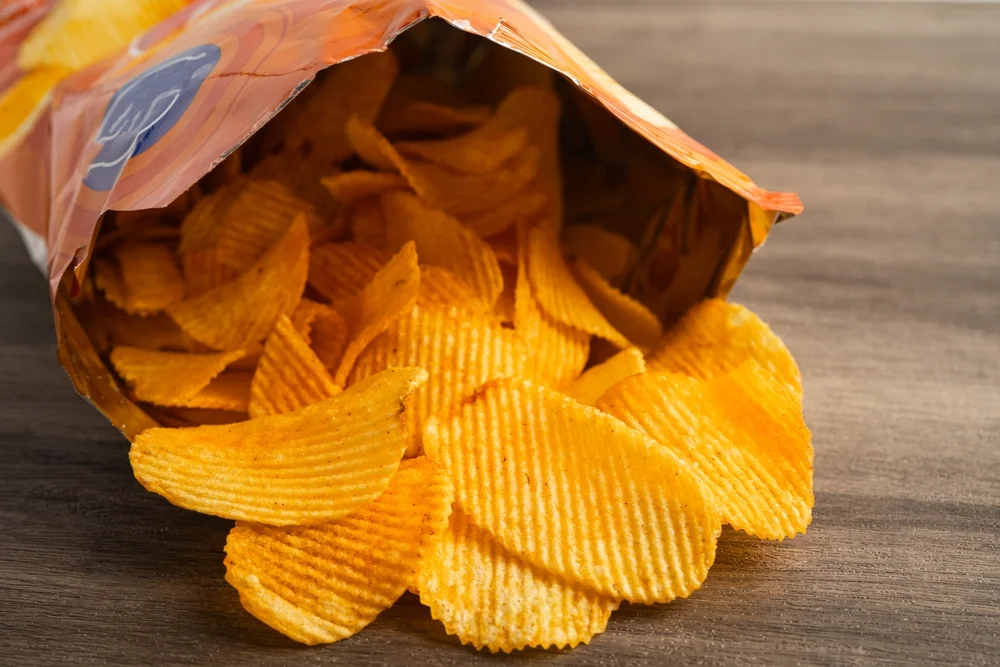
How Manufacturers Can Improve Shelf Life Without Compromising Flavor
Extending product shelf life while preserving its taste requires a combination of strategic formulation, smart packaging, and ongoing testing. With the guidance of an experienced flavor company for food manufacturers, it’s possible to protect the shelf life on flavor stability without sacrificing the sensory qualities that consumers expect.
1. Use of Advanced Preservation Methods
Innovations such as natural antioxidants, plant-based preservatives, and controlled-atmosphere packaging can slow down oxidation and microbial growth. These methods help retain flavor while meeting clean-label expectations.
2. Optimize Flavor Delivery Systems
Technologies like microencapsulation or spray drying shield delicate flavor compounds from environmental stressors. These delivery systems release the flavor at the ideal moment—whether that’s during preparation, cooking, or first bite—ensuring a consistent experience throughout the product’s shelf life.
3. Ingredient Selection and Balancing
Choosing flavor compounds that are inherently more stable, or adjusting concentrations to account for gradual flavor loss, can make a significant difference. Trilogy Flavors often tailors flavor profiles to anticipate how they will evolve over time, ensuring the final product maintains its intended taste.
4. Packaging Innovations
Selecting the right packaging materials is critical. Oxygen-barrier films, UV-protective coatings, and resealable closures can extend shelf life while protecting flavor stability.
5. Continuous Quality Monitoring
Ongoing testing—both accelerated and real-time—ensures that the product continues to meet flavor expectations throughout its intended shelf life. This allows for timely adjustments if any degradation is detected.
By integrating these strategies into production, food manufacturers can confidently bring products to market that stand the test of time in both quality and flavor.
Conclusion
Understanding the shelf life on flavor stability is essential for food manufacturers striving to deliver consistent, high-quality products that satisfy consumers from the first bite to the last.
By addressing the many factors that influence flavor degradation and partnering with a knowledgeable flavor company for food manufacturers like Trilogy Flavors, manufacturers can create innovative flavor solutions that stand up to the challenges of shelf life. Together, they ensure that every product not only tastes great at launch but continues to do so throughout its journey to the consumer.
Ready to enhance your product’s flavor stability and extend its shelf life without compromising taste? Connect with Trilogy Flavors, the trusted flavor company for food manufacturers, to explore customized flavor solutions tailored to your unique needs. Talk with us! Let’s collaborate to keep your flavors fresh, vibrant, and consumer-loved—every time.
